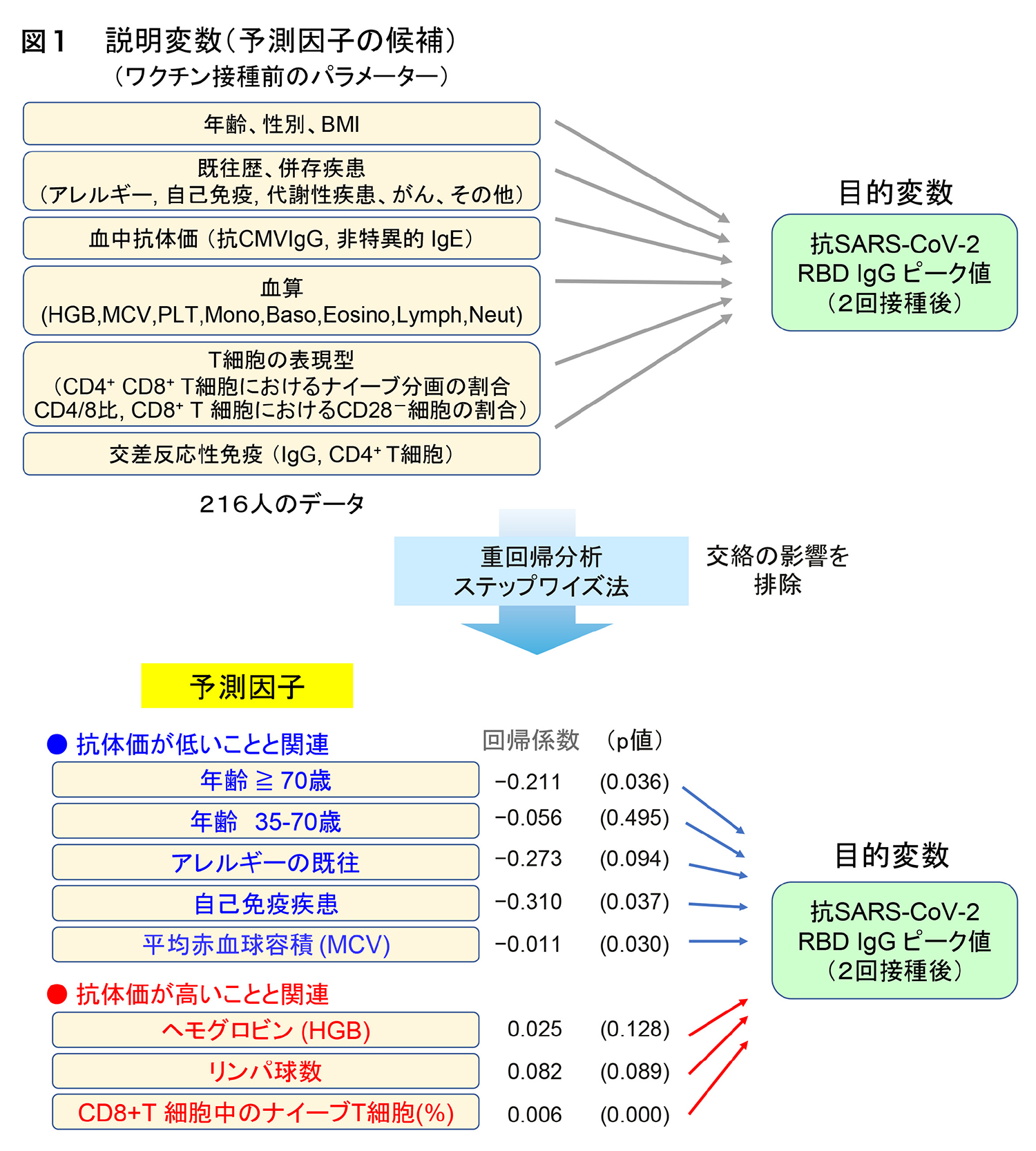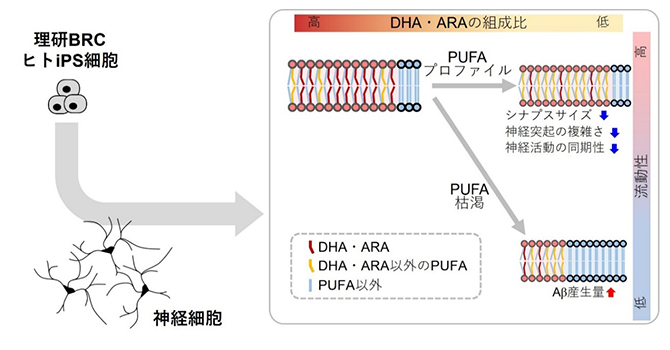2025-05-19 京都大学iPS細胞研究所

<関連情報>
- https://www.cira.kyoto-u.ac.jp/j/pressrelease/news/250519-100000.html
- https://academic.oup.com/intimm/advance-article/doi/10.1093/intimm/dxaf013/8087974?login=false
COVID-19 mRNAワクチンに対する抗体応答に及ぼすワクチン接種前の血液型およびT細胞表現型の影響 Effect of prevaccination blood and T-cell phenotypes on antibody responses to a COVID-19 mRNA vaccine
Yu Hidaka , Norihide Jo , Osamu Kikuchi , Masaru Fukahori , Takeshi Sawada , Yutaka Shimazu , Masaki Yamamoto , Kohei Kometani , Miki Nagao , Takako E Nakajima …
International Immunology Published:21 March 2025
DOI:https://doi.org/10.1093/intimm/dxaf013
Abstract
Despite the high effectiveness of the coronavirus disease 2019 (COVID-19) mRNA vaccines, both immunogenicity and reactogenicity show substantial interindividual variability. One key challenge is predicting high and low responders using easily measurable parameters. In this study, we performed multivariate linear regression analysis, which allows adjustment for confounding, to explore independent predictive factors for antibody responses. Using data from 216 healthy vaccinated donors aged 23–81 years, we evaluated baseline characteristics, prevaccination blood and T-cell phenotypes, and post-vaccination T-cell responses as variables, with anti-receptor-binding domain (RBD) immunoglobulin G (IgG) titers following two doses of BNT162b2 vaccination as the primary outcome. Consistent with previous reports, higher age, a history of allergic disease, and autoimmune disease were associated with lower peak IgG titers. Additionally, the frequencies of interferon-γ+ spike-specific CD4+ T cells (T-cell response) following the first vaccination strongly correlated with higher IgG responses, while those of pre-existing spike-reactive T cells showed no association with peak IgG titers. Furthermore, we identified lower percentages of naïve CD8+ T cells, lower hemoglobin levels, lower lymphocyte counts, and higher mean corpuscular volume as independent pre-vaccination predictors of lower peak IgG levels. Notably, the frequency of naïve CD8+ T cells showed a positive correlation with the peak IgG levels even in univariate analysis. These findings contribute to the individualized prediction of mRNA vaccine efficacy and may provide insights into the mechanisms underlying individual heterogeneity in immune responses.


